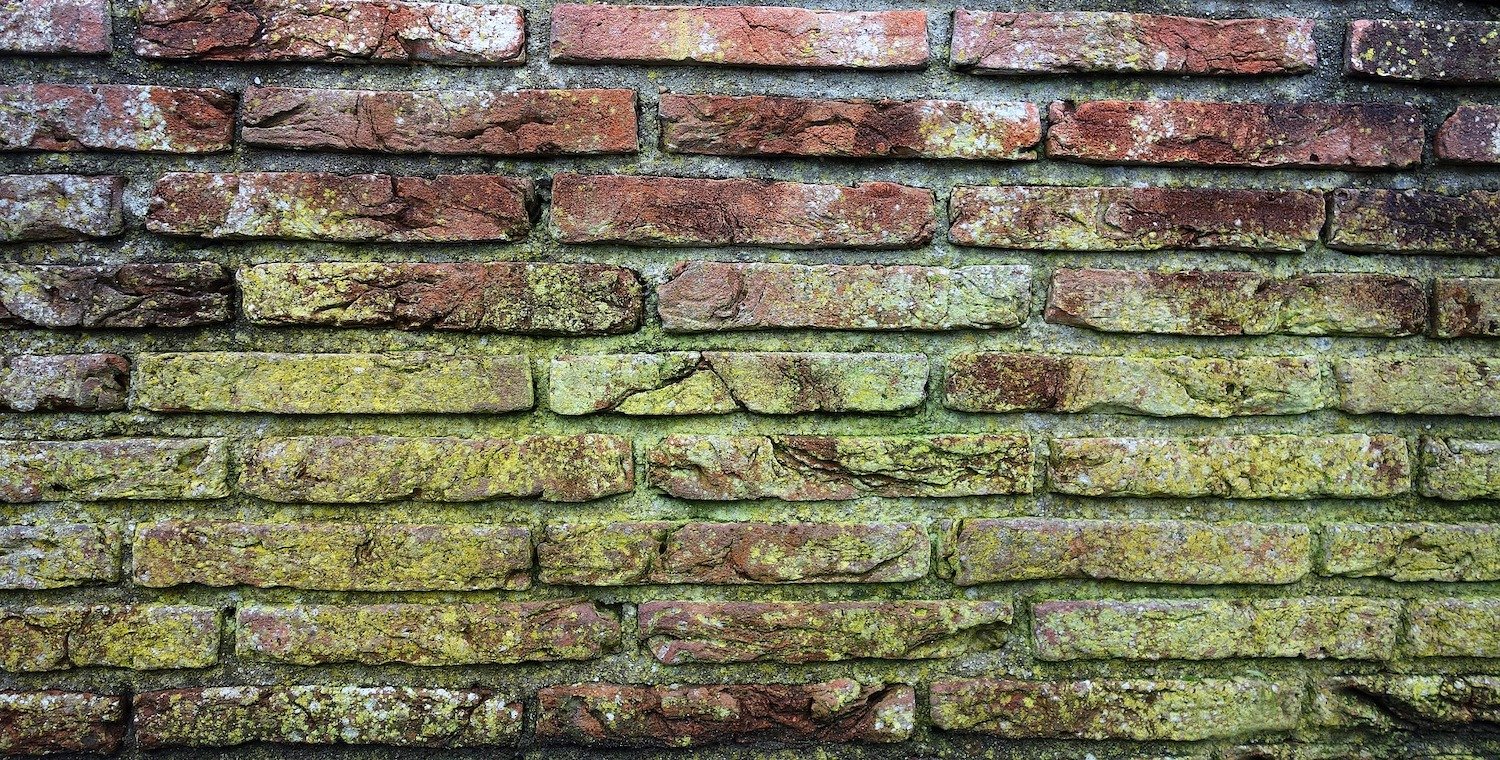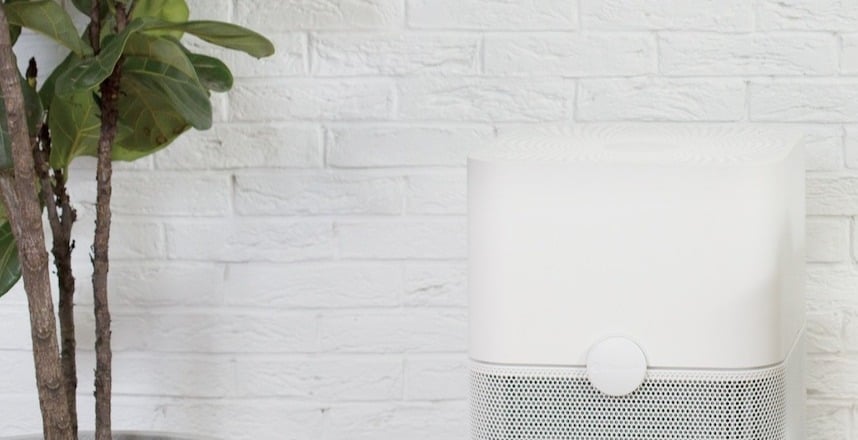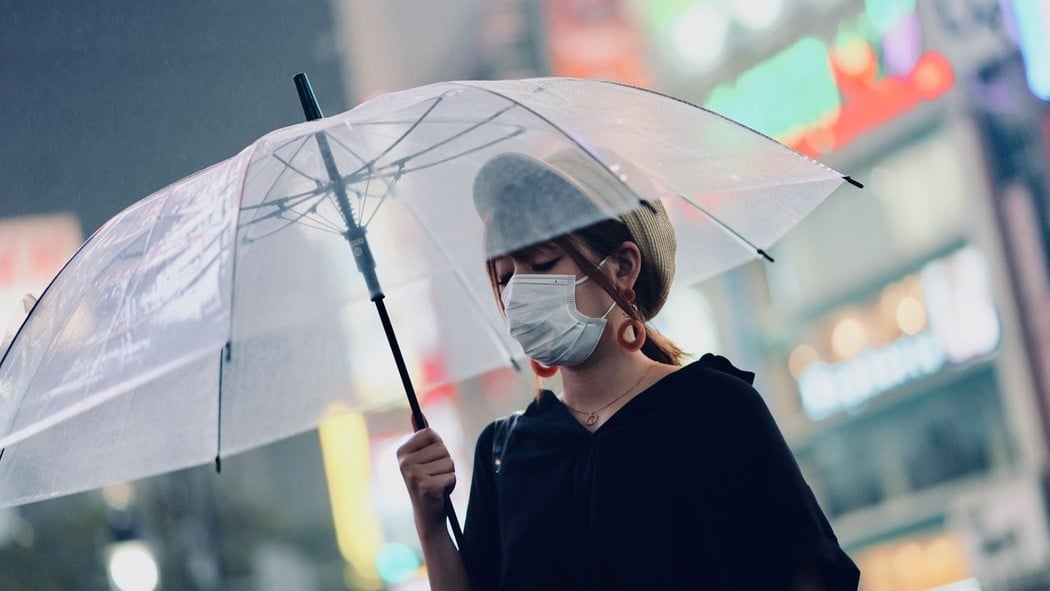Newsletter
The First Step to Air Purification: Identify the Source
We tend to think of air pollution as something that strictly lives outside. But the air inside our homes is just as polluted and impure. Since we spend most of our time indoors, it is important for our health to know which steps to take maintain a healthy breathing space.
Indoor air pollution is on the rise due to our everyday activities and use of modern household products. Appliances, deodorants, room fresheners, and scented paints are contributing to air pollution inside our homes. Indoor smoking, poor ventilation, and pipe leaks are also creating problems for the quality of air in our homes. The exposure these pollutants are contributing to long-term health complications, breathing sensitivities, and (in rare cases) fatalities.
Impure Air & Health Hazards
Before you can take steps to purify your indoor air, you need to recognize the root causes and underlying problems. Understanding the impact of proper ventilation and air purification methods will help you keep a safer home where everyone can breathe easy. By acknowledging where these problems stem from and making simple changes you’ll be on the right path to managing internal pollutants and health hazards.
These are the primary culprits that are making it harder to breathe inside:
- Volatile organic compounds (VOCs): A large number of VOCs are emitted from everyday household products like hair sprays, furniture polish, glues, air fresheners, moth repellents, and even your favorite perfume that you use every day.
- Health impact of VOCs: Exposure to VOCs can lead to a headache, nausea, irritation of the eye, nose, and throat right after the exposure. But in the long run, continued exposure to VOCs can lead to lung damage.
- Smoke: This includes both tobacco smoke and (surprisingly) smoke from cooking. Exposure to tobacco smoke can be reduced by staying away from cigarettes and maintaining a smoke-free home. Fumes from cooking are a little harder to manage (everybody’s got to eat). To help keep everyone safe, it’s important to install fans and take steps to ensure your kitchen has good ventilation.
- Health impact of smoke exposure: There are both short-term and long-term effects of smoke exposure. Inflamed airways and coughing are some of the early symptoms. Long-term effects can include severe organ damage to the lungs and liver.
- Biological pollutants: These include pollen from plants, mites, hair from pets, fungi, parasites, and some bacteria.
- Health impact of biological pollutants: Most of the biological pollutants are allergens and can cause asthma, hay fever, and common allergic diseases.
- Harmful gases: These include radon emitted naturally by the soil. Due to modern houses having poor ventilation, it is confined inside the house causing harm to our health. Another harmful gas usually found indoors is formaldehyde that comes mainly from carpets, particle boards, and insulation foam.
- Heath impact of harmful gases: These gases can cause watery eyes, burning sensations in the eyes and throat, nausea, and difficulty in breathing but prolonged exposure to these gases can trigger asthma attacks and damage the respiratory system.
- Outdoor pollutants: Pollutants like PM2.5, motor vehicular air pollutants, and carbon, easily enter indoors through infiltration and can cause various health problems. (Infiltration is a process through which outdoor impure air enter a building through the cracks and holes in the walls and windows.)
- Health impact of outdoor pollutants: Pollutants like PM2.5 are cancer causing agents and can cause a lot of harm to your body. Inhaling other outdoor pollutants can also damage the lung function and lead to respiratory illness like asthma.
Ventilation Can Purify Indoor Air
There are a number of things that can impact your air quality at home, but a lot of air quality issues are linked to improper ventilation. For example, it’s good practice to open doors and windows every now and then for air flow. However, if you don’t have the right ventilation in place, lingering indoor pollutants aren’t going to see themselves out the way you intended. Actually, you could be welcoming more pollutants into your home without a way to properly move this air around.
Monitoring Air Pollution: Air Quality Index
AQI helps you understand when the outdoor air is safe and makes it easier for you to understand when to ventilate your home.
When you choose to ventilate your home should depend on the local air quality index (AQI) score in your area. The AQI is a tool for reporting daily air quality. It is a way for governments to communicate pollution levels and associated health hazards. Every country has its own AQI values and standards. To find the AQI near you, check your local news channels or use an air monitor.






.png?width=200&height=148&name=Menu%20C%20(2).png)

.png?width=307&height=228&name=Menu%20-%20D%20(1).png)
.png)




